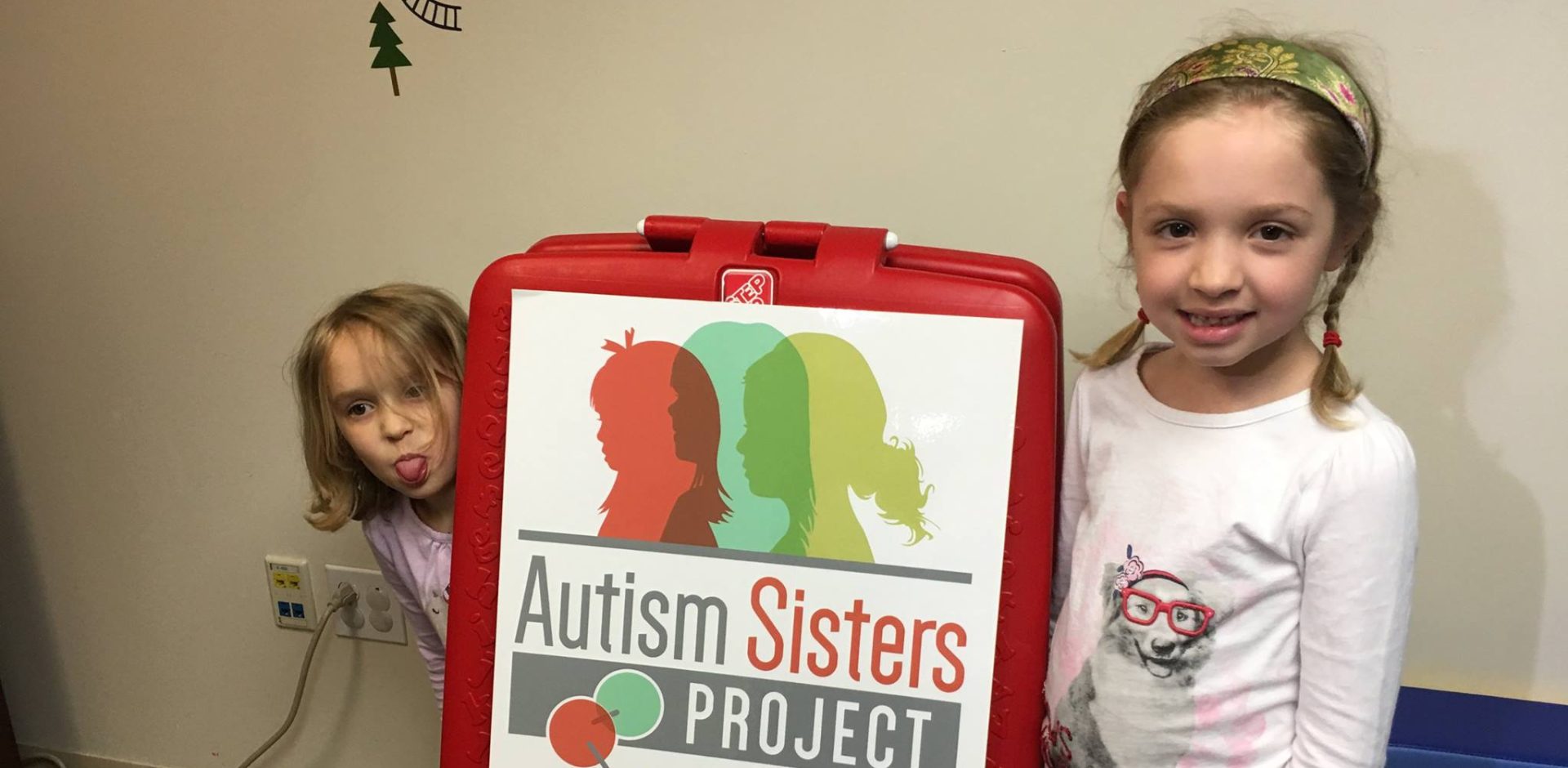How ASF Has Played a Key Role in Understanding Gender Differences in Autism
The autism community has long known that boys are four times more likely than girls to be diagnosed with an autism spectrum disorder (ASD), but for many years the reasons why have eluded scientists. The Autism Science Foundation is proud to have played a key role in funding and supporting efforts to understand gender differences in autism and learn more about a suspected “female protective effect.”
In 2014, ASF held the first-ever public scientific meeting specifically aimed at better understanding gender differences in ASD. More than 50 scientists, researchers, self-advocates and organizational representatives gathered to identify ways that research could better help understand females on the spectrum. One of the most exciting hypotheses to come out of the meeting was whether or not females were somehow “protected” from ASD, or if their symptoms simply were not visible or significant enough to reach a clinical threshold. The key? Studying non-autistic sisters of those with ASD because these women may have a genetic predisposition to ASD, but they do not have an ASD diagnosis.
In 2015, ASF, together with the Hilibrand Foundation, funded and launched the Autism Sisters Project, which collected information and bioSamples from nonautistic sisters of people with autism. Those samples were added to tens of thousands of other genetic samples from other sisters around the world to identify what was going on in the DNA of these sisters that made them less likely to receive an autism diagnosis, despite having genetic risk factors. The goal was to understand if the “female protective effect” existed, and if so whether it could be attributed to genetic factors. The results were clear: the “female protective effect” is indeed real. In the largest cohort of genetic samples from across the world, the Autism Sisters Project’s results showed that females need a higher genetic hit to reach a diagnosis threshold, which means they have a lower probability of a diagnosis compared to males. This is evidence of a protective effect.
The next step is to understand what causes the female protective effect and what factors confer protection to females. If we can harness this protective effect we can use it to protect both males and females from the debilitating aspects of autism.
Our efforts to understand the female protective effect continue. ASF funded Dr. Donna Werling at the University of California San Francisco (who went on to receive a prestigious Bridge to Independence Award from the Simons Foundation) to look at different cells in the brains in males and females, which led to the idea that the immune cells, or microglia, are critically involved in the brains of males and females with ASD, which may explain the differences in diagnosis. In addition, we supported Dr. Dorthea Floris at New York University to study differences in brain structure of males and females and Dr. Clare Harrop at the University of North Carolina to examine brain activity in boys and girls with ASD. ASF also supported the post-doctoral fellowship of Dr. Natasha Marrus of Washington University School of Medicine, who looked at recurrence of ASD in siblings and the children of those siblings and also saw a protective effect.
Together, research supported by ASF has unequivocally proven the existence of the “female protective effect,” demonstrating that the brains of females and males with ASD work differently and that immune cells in the brain may be a critical link to the differences in males vs. females. The Autism Sisters Project has also provided clinical advice on situations in which genetic testing is a high priority for families.
As a result of the research initiated by the Autism Science Foundation, millions of dollars in additional research funding has been allocated by other organizations, including the National Institutes of Health (NIH), to study gender differences in an autism diagnosis.

